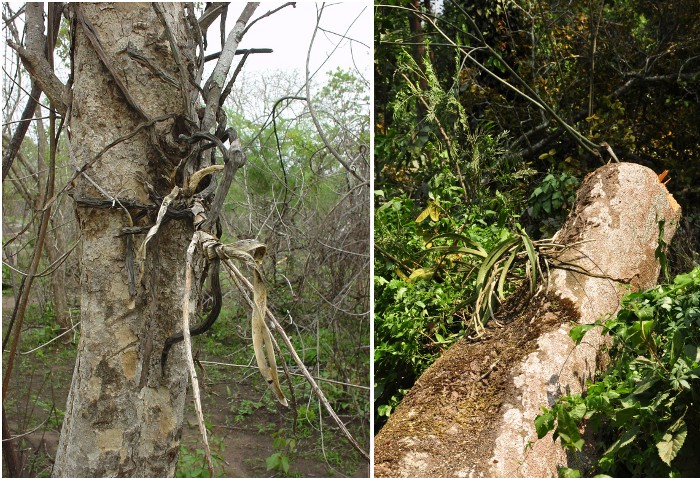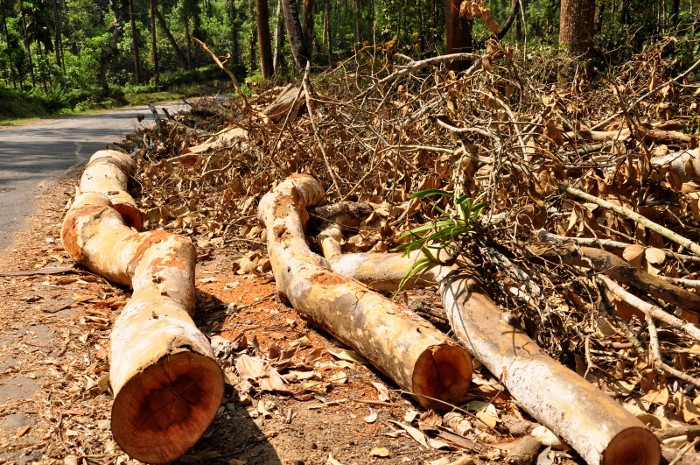Orchid Conservation
K. S. Shashidhar
Conservation strategies:
Before planning for any conservation strategies it is important to identify what we are trying to conserve or protect and its location and status. The wide distribution of orchids in the country is already documented; these areas should be the focus of attention. Though orchids occur generally in the forest ecosystem, there are number of terrestrial orchids which occur in moist hill and stony slopes and grasslands. Information such as type of habitat, its status, possible anthropogenic pressures will help in categorising areas into moderate, severe, on the basis of vulnerability which will be basis for conservation programmes. Survey areas should include all possible habitats of orchids and their associates.

Conservation through in situ comprises of protection of species in its natural habitat. This approach focuses on overall habitat protection and ensures conservation of species and its associated biota. In India, Protected Areas in the form of National Parks and Sanctuaries are declared under Wildlife (Protection) Act, with main focus on faunal wealth and may incidentally be orchid habitats also. Depending on these PA’s only as in situ areas may not entirely serve the purpose of orchid conservation but definitely assists in the process. Establishing Orchid sanctuaries is a focused approach. Few have been attempted in states of Arunachal Pradesh and Sikkim. Biosphere belt with Trans boundaries is another way of conservation of natural habitat for orchids and epiphytes.

The other approach is ex situ conservation which basically complementary to the in situ conservation. Setting up of Botanical Gardens, Orchid Gardens and orchidariums are important. There has been a debate about protection of a species through ex situ conservation or through rehabilitation when an orchid habitat is under threat for various reasons. It is a question whether you allow the species to be lost forever or conserve it in other forms. The bottom line is one should be sure about the threats as many times this could be misused and avid collectors will start ‘orchid hunting’ in these areas.
Establishing sacred groves and Community Reserves in North East region where major portion of the forests are under community and private ownership have helped the cause of orchid conservation. All the states in the country has legal provisions under Indian Forest Act and Wildlife Protection Act to restrict or ban collection of wild orchids from forests without prior permission and permission is given for purposes of academic and Research. But this needs proper monitoring. The staff involved in implementation of these Acts and Rules should be made conversant with orchid species. Till such time it is essential to have the assistance of a botanist to ensure that rare and endangered species are not collected from the wild. CITES provisions also ensure prevention of illegal transhipment of species. The approach to conservation has to be holistic and overall with focus towards habitat in total.
References:
1. CAMP workshop report (Conservation and Assessment and Management Plan), 2001, Endemic orchids of Western Ghats. Wildlife information Liaison Development Society. Zoo Out Reach Organisation, co- organisers IFGTB, Coimbatotre, India
2. Dohling, Stadwelson: Chetri Das, Meera; Kumaria, Suman and Tandon, Pramod. Conservation of splendid orchids of North East India, Chap 23
3. Medhi R.P and Chakrabari Syamali, 2008, tradiional Knowledge of NE people on conservation of Wild orchids. Ind.J.tradiional knowledge, 8(1): Janaury, 2009, P 11-16